How To Make A Terrifying Found Footage Horror
Point, shoot, run!
Hire unknown actors
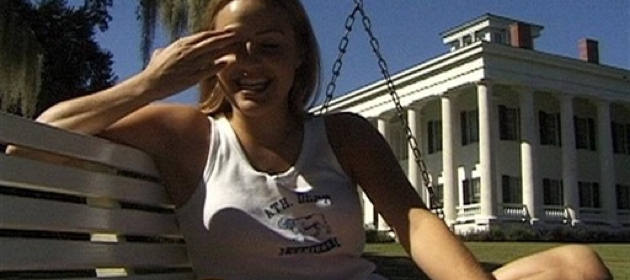
Why? We know damn well that Steven Seagal (or whoever) didn't really perish in a poorly-shot frenzy of snot and screaming while on a spook-hunting weekend down a disused mineshaft last summer. We know this because we saw him several months later in that new thing where he jumped a sports car through an exploding helicopter and spin-kicked a bad guy into a volcano, etc.
Basically, if viewers are unable to convince themselves that this might just have really happened, you're on to a stinker from the outset. Anyone earning more than $300 for their time is pretty much a no-go, then.
See: Pretty much every successful found footage horror out there. If any of these 'rules' could properly be considered golden, it's this one.
Don't: Well...put Steven Seagal in it. For any reason. Seriously. Please.
Take no prisoners
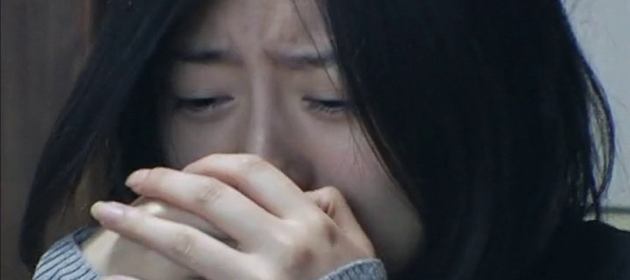
Why? ‘Found footage‘ is, by definition, filmed material that has been deliberately retrieved or stumbled upon some time after it was captured.
Assuming your cameraman isn’t just a hopelessly irresponsible goofball who forgot which rock he left the handheld propped on when he nipped into the bushes for a number two, you’ve got to provide a pretty decent reason for the footage not making it home with the crew.
Clearly, the best reason is to have everybody – or everybody bar one, who is left looking either massively suspicious or a shattered, gibbering husk of their former self – meet a decidedly sticky end.
Sign up for the Total Film Newsletter
Bringing all the latest movie news, features, and reviews to your inbox
See: The Curse (good example of one probable survivor, which nicely blurs the line...)
Don't: Create some ludicrously contrived account of how the footage made its way back to civilisation once everyone from the initial expedition had perished. If in doubt, go with some hackneyed 'rescue team' version of events - honestly, we don't really care too much about such trifling details.
Create a great urban legend
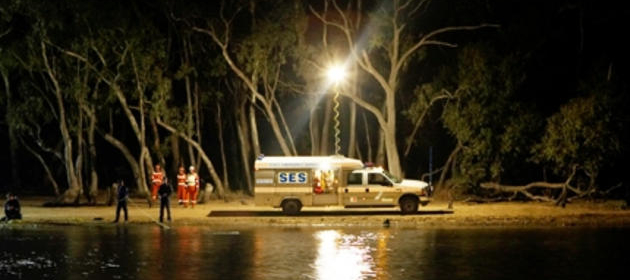
Why? In short, we’re talking viral potential. Further blurring the already foggy line between ‘genuine’ and completely fabricated spooky myths helps seed the idea in the minds of the viewing public.
This allows your creation to bleed out into campfire tales and torch-wielding sleepovers the world over - you are, quite literally, creating a monster. Do it well enough, and your fictional bogeyman will be whispered about (including by some who haven’t even seen the movie) for years to come.
See: Lake Mungo
Don't : Try to piggy-back on a lame cub scouts horror story we've already heard a thousand different versions of. If one more person tells us that the call was coming from inside the house! , we really will scream. But not for the reasons you'd hope.
Do it on the cheap
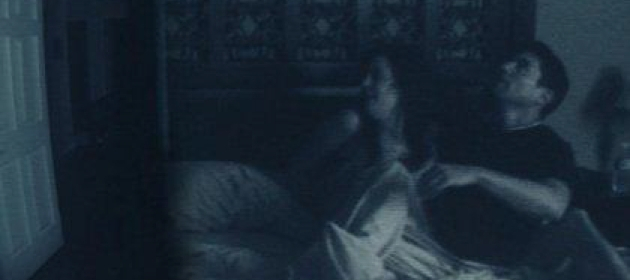
Why? It's got to look like it was shot on a £150 camcorder by a bunch of stoner dorks on a mission to get drunk, get laid and out-prank each other in a vain bid to prove they're not afraid of running around creepy places in the dark.
In other words, it's got to look precisely like the sort of adventure that we might genuinely find ourselves on - an effect that tends to be ruined by the sudden introduction of anything from James Cameron's 'eye-wateringly expensive concepts' notebook.
See: Paranormal Activity
Don't: Forget to put a bit of cash aside for a devilish bit of marketing wizardry, or you're pretty much boned - see the last entry on this list for a few tips...
Go down to the woods
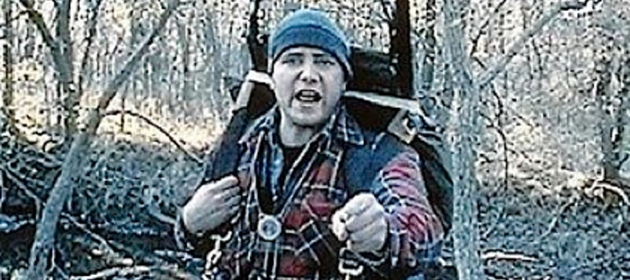
Why? No horror environment quite manages to combine a sense of exposed vulnerability with one of disorientated claustrophobia like one that’s densely packed with skeletal, eerily impassive trees.
You’re out there in the uncharted wilderness, alone and cold, with no real sense of which direction the threat might be approaching from...and yet the feeble, shaky light from your faltering torch bounces off silver trunks and twisted shadowy branches, never allowing you to see further than 15 feet into the murk.
You’re screwed out here, aren’t you?
See: The Blair Witch Project
Don't: Make it look like a sort of jolly Sunday afternoon picnic gone hideously wrong. If we're in the woods, they need to be bleakly foreboding and alarmingly quiet - yomping retirees and children throwing sticks for their dog are strictly prohibited.
Throw out the Steadicam
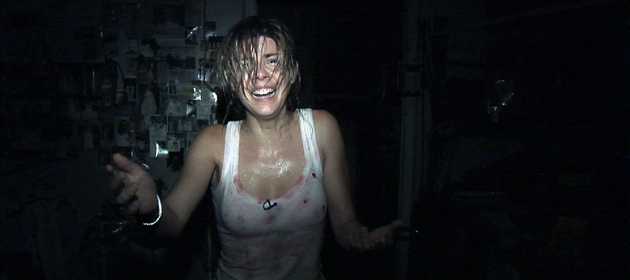
Why? A first-person perspective is relied on by the vast majority of these films for delivering their creepy kicks, which means we’re essentially crashing frantically into the unknown with the cameraman.
In fact, we are the cameraman, running blind with the herd, capturing only fractured glimpses of whatever chilling phantasm may or may not be snapping at our heels because we’re basically too terrified to stop and turn the camera off.
The last thing we’d give a toss about at this point is making sure our white balance was tweaked and our tracking shots were usable – sod it, we’ll sort all that in Final Cut when we get home. If we get home. Which, frankly, we won't.
See: Again, pretty much any found footage filck worth its salt. You won't find many exceptions to this rule out there in DVD-land, no matter how lavish the budget.
Don't: Make us spew. We didn't come to the cinema to feel like we'd just eaten 14 buckets of mackerel custard on an out-of-control waltzer.
Pick a target
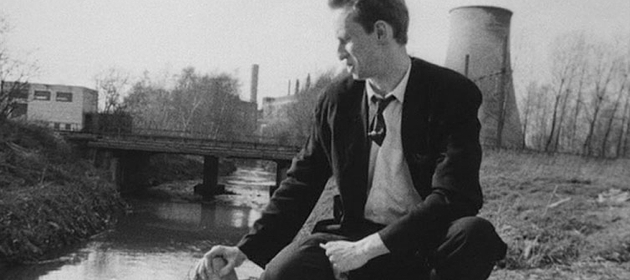
Why? Giving your protagonists a simple, goal-based objective for their ill-advised explorations not only anchors the plot by giving them a half-decent justification for being out in the field in the first place – it also gives us an emotional investment in feeling we’re effectively out there with them.
Fail to provide a semi-convincing reason for an amateur camera crew to be running around an abandoned mental hospital at 3am shrieking their skins off, and viewers are unlikely to lose sight of the fact that they’re sitting safely at home in dressing gowns eating Nutella straight from the jar.
See: Man Bites Dog
Don't: Make it too 'official' - we want to see malleable everymen wading hideously out of their depth on a whim, not a crack team of government advisors getting their ties in a knot during an HQ-controlled field exercise.
Know your place
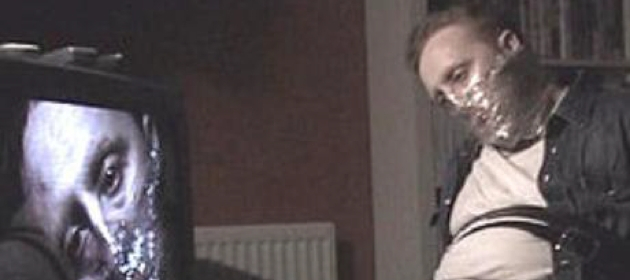
Why? Ok, so this is found footage, right? And we, as the movie-maker, are presenting it to the viewer? In which case, we need the audience to be absolutely sure who 'we' are. How did this stuff make its way to us? What's our interest in putting it out there? Have we edited it? In what way?
Alternatively, you can try taking the absolute opposite route: completely fade into the background, letting the film stand alone as a puzzling, credit-free curio. This is tricky, though, and requires far riskier guerilla distribution tactics - better to devise a plausible account of yourself beforehand, and deal with the spotlight from there.
See: The Last Horror Movie (in which you, the viewer, have allegedly rented a different film which has been mysteriously taped over! Argh!)
Don't: Try to make it any more clever or convoluted than the above example - you're on pretty thin ice already. Like, who rents tapes that can be recorded over any more? Think ahead...will your construct remain plausible in years to come?
Get teenage kicks

Why? Because that's going to be your core target demographic - pack the screen with naive, foolhardy college-kids-next-door, and a good percentage of your audience is bound to identify with them much more strongly than they would a millionaire, pensioner or superhero.
Plus, there's been a tacit understanding since the claret-splattered B-slashers of the '70s that screaming teens simply make the best victims - something to do with their oh-so-vulnerable combination of hubris and incompetence, presumably.
Ok, and yes, there's also the whole eye candy thing. Fine. Look, nobody said this was rocket science...
See: The Collingswood Story
Don't: Turn it into a shameless ogle-fest. If the main point of your oh-so-authentic first-person camerawork appears to be zooming in on pretty people's wobbly bits, you could be earning far more working for any number of paywall sites out there on the intertubes...
Keep it tight
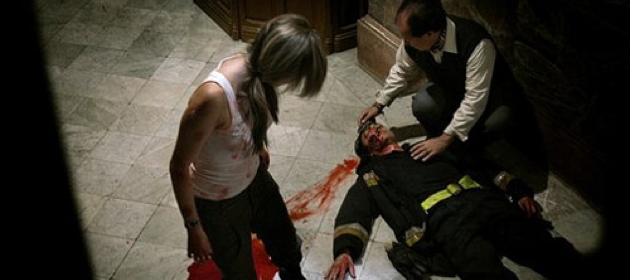
Why? From cramped bedrooms to underground bunkers to densely-wooded hillsides, we've absolutely got to feel a bit hemmed in by our surroundings - particularly if we're wanting to do this on a budget.
Provide too much space for our protagonists to wander around in, too many obvious escape routes to flee into and buy themselves a much-needed bit of breathing/thinking time, and you immidiately start losing chills by the bucketload. Coop us up a bit, and we'll be burying our faces in the nachos within the first ten minutes.
See: [REC]
Don't: Forget to throw a few interesting camera angles in there while we're all squished up in your rabbit hutch of imminent tragedy - things can quickly get pretty tedious when your cinematography continually resembles the output from a nose-mounted rodent-cam.


